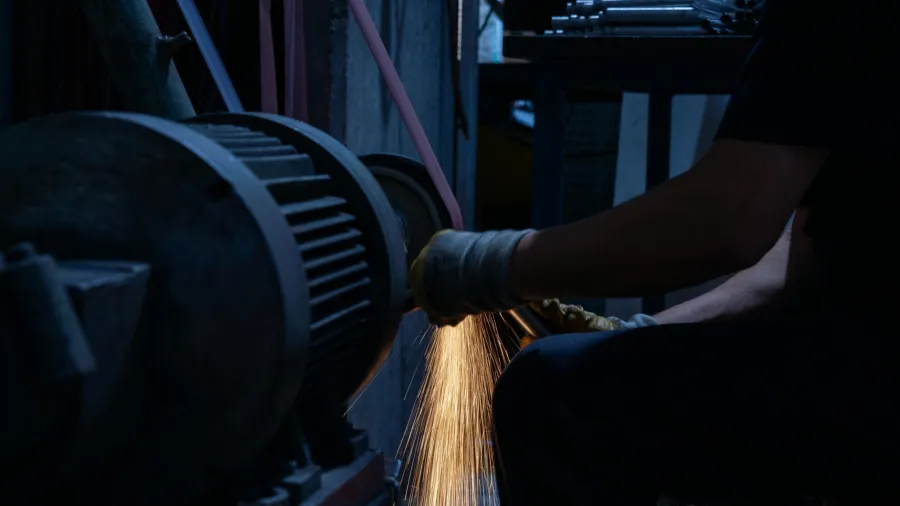
Indonesia's manufacturing sector contracts in April
This is the biggest deterioration in business conditions since August 2021.
The Indonesian manufacturing sector fell into contraction territory in April, marked by significant declines in production and new orders.
The S&P Global Indonesia Manufacturing Purchasing Managers’ Index dropped to 46.7 in April from 52.4 in March, the most significant decline in business conditions since August 2021.
It also fell below the neutral 50.0 threshold for the first time in five months, indicating a deterioration in the manufacturing sector's health.
This prompted businesses to adopt a more cautious approach, reducing their purchasing activities and workforce as they entered the second quarter. Companies also began to deplete their inventory levels by utilising existing stock of raw materials and finished goods to meet production demands.
A stronger US dollar contributed to the rising prices of imported goods, leading firms to increase their charges at a faster pace in an effort to preserve their profit margins.
This declining trend was largely attributed to substantial decreases in both output and new orders. Production levels fell sharply, the fastest rate seen since August 2021, while new orders experienced their first reduction in five months, reflecting a notable decline in market demand, both domestically and internationally. New export orders also fell for the second time in three months.
In light of reduced demand, manufacturers decreased employment levels in April, marking the first drop in job numbers in five months. Capacity pressures eased, allowing firms to focus on completing existing work, which led to a slight reduction in backlogs—the first decline since last November.
Additionally, there was a notable decline in purchasing activity, marking the first downturn in six months. Manufacturers also reduced their inventory levels due to falling new orders. On the pricing front, whilst input costs remained high, the rate of inflation was the lowest since October 2020, influenced by the stronger US dollar, which increased raw material prices.
Looking ahead, businesses remain cautiously optimistic about production increases in the coming year, buoyed by anticipated economic improvements. However, their outlook tempered slightly, as many expressed uncertainty regarding the timing of recovery.
Usamah Bhatti, an economist at S&P Global Market Intelligence, noted that although near-term prospects appear challenging, expectations for future growth remain positive.


















